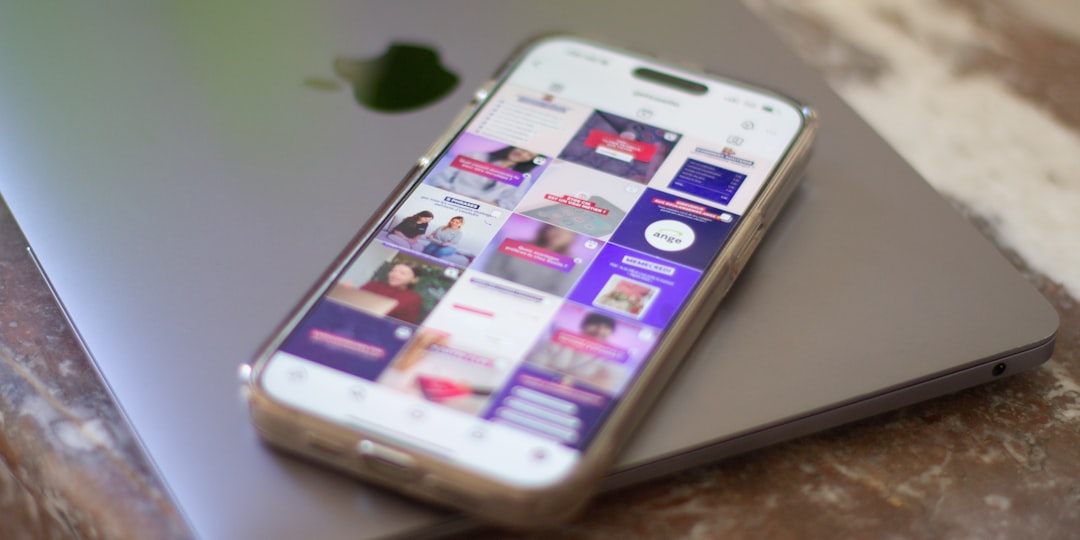Viber is a popular messaging application known for its robust features, including free texting, voice calls, and video sharing. One of the features users widely appreciate is the ability to send media such as images and video clips. However, like many messaging platforms, Viber has certain limitations on file sizes, particularly when it comes to sending video files. Understanding these limitations and the alternatives to overcome them is essential for users who frequently share large video content with friends, family, or colleagues.
Viber Video Size Limit Explained
Viber places a restriction on the size of video files that can be shared directly through its platform. As of the latest updates, the size limit for videos sent through Viber is approximately 200 MB. This cap ensures stable performance of the app across devices and networks but can be a hindrance when attempting to share high-definition or lengthy recordings.

For shorter videos, this limit is often sufficient. A standard-length video clip recorded on a smartphone generally fits within the limit. However, problems arise when users try to send:
- High-resolution videos (e.g., 4K or 1080p)
- Longer clips exceeding several minutes
- Edited video content with embedded audio or effects
When the video exceeds the limit, Viber will either fail to send the file or prompt the user with an error. In such cases, users must rely on alternative solutions to share their content effectively.
How to Send Large Video Files on Viber
If you are faced with the challenge of sending large video files through Viber, there are several tried-and-tested methods that can help:
1. Compress the Video Before Sending
By compressing or reducing the quality of a video, you can bring the file size under the 200 MB limit. Several third-party apps and tools can help you do this:
- HandBrake (available for Windows and Mac): Offers advanced video compression features.
- Video Compressor Apps: Mobile apps on Android and iOS designed for quick compression.
This method works best when you are not particular about preserving the original video quality. Reducing resolution from 4K to 720p, for example, can significantly shrink the file size without a dramatic loss in clarity.
2. Use Cloud Storage Services
Cloud platforms like Google Drive, Dropbox, and OneDrive allow you to upload large video files and share a download or viewable link through Viber. Here’s how to proceed:
- Upload the video to your cloud account.
- Set the file’s sharing options to public or accessible via link.
- Copy the link and paste it into your Viber chat.
This option not only bypasses the file size limit but also ensures that the original video quality is retained. It’s especially useful for work-related videos, family events, or school projects.

3. Split the Video into Smaller Segments
If you prefer to keep the video sharing directly within Viber rather than using external services, splitting your video into smaller parts is a practical workaround. Several video editing tools such as Adobe Premiere Rush or even mobile apps like InShot provide this functionality.
This way, you can send each clip separately and maintain a direct flow of conversation without leaving the Viber environment. Be sure, however, to label each part sequentially (e.g., Part 1, Part 2) so recipients can watch them in order.
Limitations and Considerations
It is worth noting that Viber’s file upload limit is not just a restriction—it also reflects broader technical concerns such as data transfer stability, storage costs, and mobile performance. Therefore, when frequently sharing videos, consider the following:
- Use Wi-Fi rather than mobile data to avoid excess charges.
- Warn your recipient if they need to download large files.
- Keep in mind that cloud links shared on Viber will expire if the file is deleted or the account changes privacy settings.
Conclusion
While Viber’s video size limitation can feel restrictive, it is manageable with a few creative solutions. By compressing videos, using secure cloud-based services, or dividing videos into parts, users can share high-quality content without disruption. Rather than being constrained by the native limits, understanding and leveraging these options allows for effective, seamless communication across the Viber platform.




